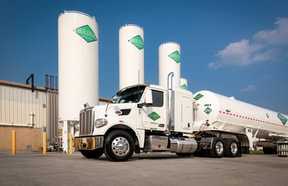Hydrogen sensors improve efficiency and cost
Scientists at the US Department of Energy's Argonne National Laboratory have recently used their insights into nanomaterials to create bendy hydrogen sensors, which are at the heart of hydrogen fuel cells used in hydrogen vehicles.
According to Yugang Sun, one of the researchers in Argonne’s Centre for Nanoscale Materials and Materials Science Division, these sensors exhibit excellent sensing performance in terms of high sensitivity and fast response time.
$quot;The leakage of hydrogen caused by tiny pinholes in the pipe of a space shuttle, for example, could not be easily detected by individual rigid detectors because the locations of pinholes are not pre-determined. However, laminating a dense array of flexible sensors on the surfaces of the pipe can detect any hydrogen leakage prior to diffusion to alert control units to take action,$quot; Sun commented.
In comparison to previously designed hydrogen sensors, which are rigid and use expensive, pure palladium, the new sensors are bendy and use single-walled carbon nanotubes to improve efficiency and reduce cost. The development of these hydrogen sensors will help to ensure economical, environmental and societal safety, as the potential for a hydrogen economy
... to continue reading you must be subscribed









